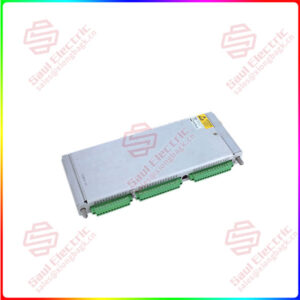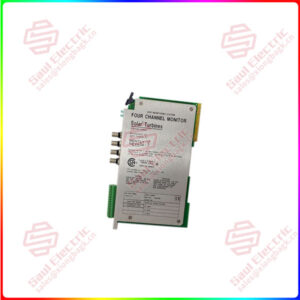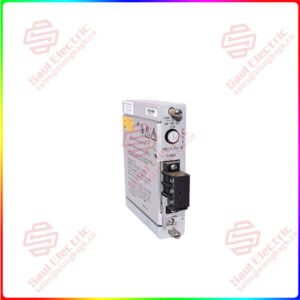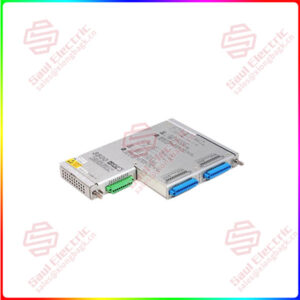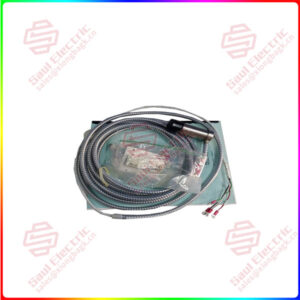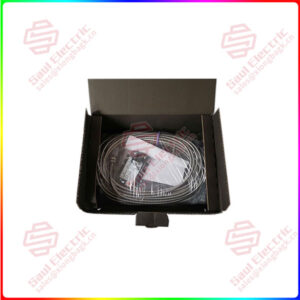Description
Overview
Essential details:PR9268/203-100 Electrodynamic Velocity Sensor
The PR9268/203-100 electric speed sensor belongs to the PR9268 series of sensors under the EPRO brand. The working principle of this series of sensors is mainly based on vibration measurement. Specifically, the PR9268 series sensor consists of a seismic block and a measuring coil supported by a cartridge. When the sensor housing vibrates, the measuring element (i.e., the measuring coil) moves in the magnetic field of a circular magnet, creating a voltage signal that is proportional to the speed of the vibration. This voltage signal can be used to measure and monitor the vibration speed or dynamic displacement of an object.
For the PR9268/203-100 electric speed sensor, it may have specific design parameters and performance characteristics to meet the needs of specific applications. However, specific parameters and performance may vary depending on the manufacturer or application context. Therefore, for the most accurate and detailed information, it is recommended to refer directly to the product manual or technical documentation provided by the manufacturer.
In addition, when installing and using the PR9268/203-100 electric speed sensor, it is necessary to follow the manufacturer’s installation guide and instructions for use to ensure the correct installation and normal operation of the sensor. This includes selecting the appropriate installation location, making the necessary electrical connections, and performing the necessary calibration and testing.
In general, the PR9268/203-100 electric speed sensor is a sensor based on the principle of vibration measurement for applications where the vibration speed or dynamic displacement of objects needs to be measured and monitored. However, the specific application mode and performance characteristics may vary depending on the specific model and application background.
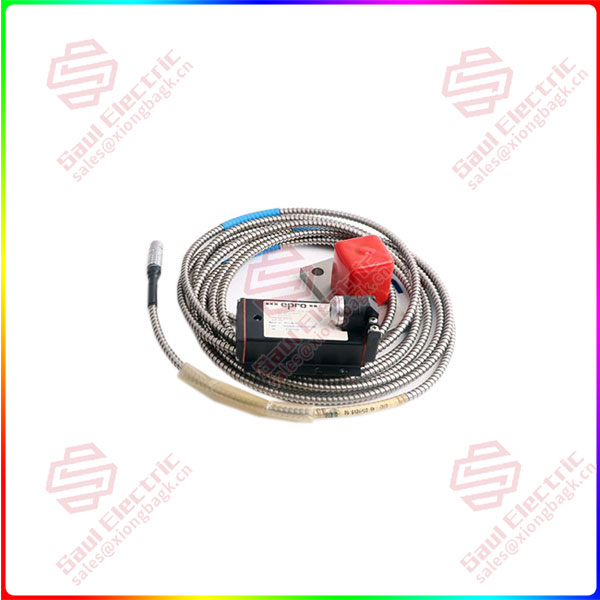
PR6426010-010+CON021916-160
lf you need to inquire or purchase ,please send the product models to my email or call medirectly .
sunny He
[Email] sales@xiongbagk.cn
[Mobile] 86-18059884797
[WhatsApp] 86-18059884797
[Skype] sales@saulcontrol.com
PR9268/203-100 Electrodynamic Velocity Sensor


 1 Year Warranty
1 Year Warranty
